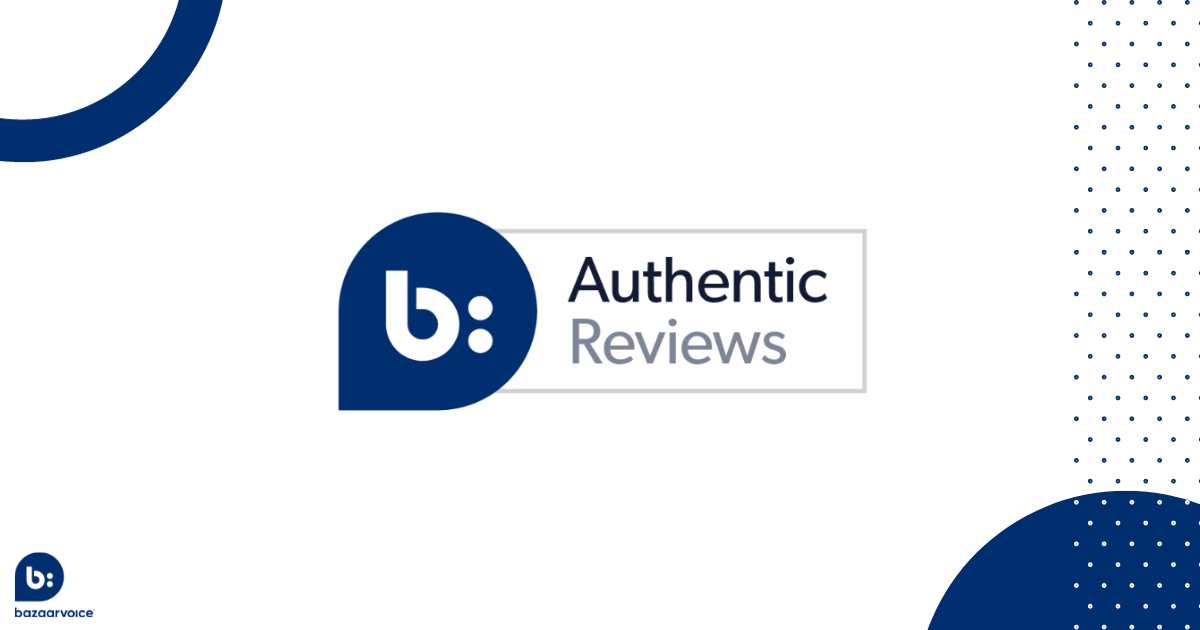January 10, 2024
A consumer research survey looking into whether customers would appreciate a trust signal helping them to validate the authenticity of online reviews.
Today, perusing through ratings and reviews and other user-generated content (UGC) has become a foundational part of the routine of online shopping. It’s how you truly experience a product without being able to see it in person — by hearing about the intricacies of a real product experience from one of your fellow shoppers.
But even though we shop online so frequently (100% of shoppers we surveyed said they shop online at least once a month!) and therefore are utilizing UGC just as frequently, due to nefarious actors, we’re unfortunately having to spend a portion of that time validating the authenticity of that UGC.
Three quarters (75%) of our survey respondents are at least somewhat concerned about encountering fake reviews when shopping online. Only 9% said they’re either not very concerned or not concerned at all.
So, how can we solve this problem? Not just to make e-commerce more efficient but also to make UGC more trustworthy and transparent. A trust signal (also referred to as a trustmark) might be the answer.
What are trust signals?
A trust signal is a logo or badge displayed on websites that tells customers the site has passed certain digital security tests or qualifications that confirm content authenticity. Their main purpose is to make shoppers feel more secure and confident in their purchasing decisions.
Trust signals research report key findings
To find out exactly what consumers think about fraudulent UGC, what would give them more confidence in the consumer content they’re consuming, and what brands plan to do about it, we surveyed over 8,000 shoppers and 400 brands across the globe. Here’s what they said.
1. Consumers are concerned about all types of fake UGC
Fake reviews aren’t the only type of fraudulent UGC that shoppers are worried about. Consumers are at least somewhat concerned about encountering fake shopper images (69%), fake social media content (69%), fake shopper videos (68%), and fake shopper questions and answers (66%).
Because they’re so worried about this fake content, they’re taking steps themselves to verify the legitimacy of an online store or product before making a purchase. Using trusted online shopping platforms (63%), researching the brand or company online (58%), checking for secure website indicators (e.g., padlock symbol, “https”) (51%), reading customer reviews (47%), and recommendations from a friend/family member (46%) are the most common ways consumers typically do so.
2. Consumers think brands should be taking care of fake reviews
Even though they’re doing it now, consumers don’t want to be doing all of this detective work themselves. The majority of shoppers we surveyed (63%) think the brand’s website they’re visiting should be solving issues of fraudulent content online, followed by governmental bodies (49%) and a third-party expert (36%).
And even while doing all of their own sleuthing to verify the online stores they are using, almost three quarters (73%) said that websites today are doing at least somewhat of a good job of blocking fraudulent content. Over a quarter (27%) think they’re doing a relatively poor job.
However, they’d prefer if content on brand websites would be verified by a trusted third-party over than by the brand itself. Over two thirds (66%) said they’d have confidence in a “trust signal” [i.e. — lock, checkmark, symbol] that shows each piece of content has been verified by an independent third party – only 8% said they wouldn’t trust it.
3. Brands think they’re on top of fraudulent issues
The vast majority (94%) of brands and retailers said that they rate the importance of maintaining online content authenticity in e-commerce business either high or very high. The majority are also either moderately (41%) or very (35%) confident in their current strategies and tools for detecting and preventing fraudulent or counterfeit content within their online channels. But only 10% said they were extremely confident.
Despite their confidence, the majority (69%) of brands and retailers don’t currently use any fraud detection software today for transactional fraud (fraud that occurs where money is being exchanged). Only 31% do.
Two thirds (67%) are actively exploring or planning to implement any new technologies or strategies to enhance online content authenticity and fraud prevention. The majority (81%) said that they would consider utilizing a third-party vendor specializing in content authenticity verification to enhance their fraud prevention efforts, but 57% said with the caveat that the solution aligns with their needs.
4. Consumers want a trust mark signal to help verify online content
When asked if they’d trust an industry-leading, third-party authentication provider to verify the trustworthiness of the content for all of the sites they visit, 70% of consumers said they would.
On the other hand, when asked if they’d trust a website to verify its own content without an industry-leading third-party authentication of the UGC on its site, less than half (47%) said they would trust it. And when asked our survey respondents if they’d have confidence in a “trust signal’ [i.e. — lock, checkmark, symbol] that shows each piece of content has been verified by an independent third party,
- 73% said they’d trust it for ratings and reviews
- 66% said they’d trust it for social media content
- 60% said they’d trust it for influencer content
5. Brands are interested in incorporating trust signals
Brands are open to getting help in verifying their website’s content for shoppers. A whopping 79% said they have no concerns or reservations about outsourcing content authenticity verification to a third-party vendor.
When asked if they’d consider adding a “trust signal’ [i.e. — lock, checkmark, symbol] that shows each piece of content has been verified, 78% said they would be for ratings and reviews, 79% said they would be for customer answers, 73% said they would be for customer images, and 71% said for every customer video.
A trust signal eases consumers’ stress around fake UGC: give it to them
As our research shows, consumers want to continue using UGC. But they also want to make sure that it’s authentic. They want brands to ensure the validity of the UGC they consume, and a trust signal would be of use to them.
The Bazaarvoice Authentic Reviews Trust Mark is a symbol of a company’s dedication to authentic consumer feedback regarding its products and services. The Trust Mark is also a signal to consumers that the review content they see is safeguarded — by a neutral third party — with sophisticated fraud detection technology and industry-leading best practices. Learn more here.









